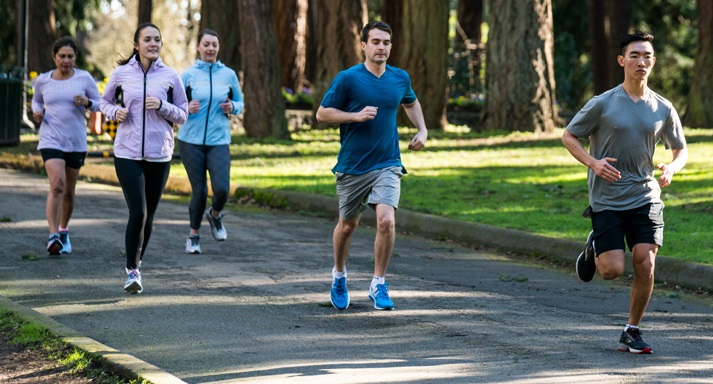Fight cold with exercise!
According to a study, exercise could help people exposed to extreme temperatures protect themselves from the cold.

Washington D.C: If you wish to fight the cold, you better start running!
According to a study, conducted by the University of Guelph and the University of Copenhagen, exercise could help people exposed to extreme temperatures protect themselves from the cold.
Also Read: Exercise can help treat addiction
Shivering is one of the first defences against cold and it boosts the body's heat production. Shivering can only warm you up for so long and after a few hours your muscles will run out of fuel and will grow too tired to contract.
Also Read | Why are people attracted to endurance running?
Exercise helps build-up muscle in the limbs and this new research shows that this exercise could help the muscle shiver longer and keep people warmer for longer. Therefore, this suggests that people preparing to live in extreme cold conditions should exercise in order to protect against fatigue to their muscles caused by shivering.

The study assessed mice that had trained with voluntary wheels and had been exposed to cold temperature conditions. During cold exposure their changes in body weight, food intake, blood sugar levels and rectal temperature were measured, in addition to an examination of their limb muscle and fat tissue. Mice that did not exercise lost a significant amount of weight when exposed to the cold however exercise-trained mice were better able to maintain their core temperature.
Also Read: Exercise may help overcome cocaine addiction
Also Read |
Stay warm with these food items this winter!
David C. Wright, corresponding author on the study, commented on the future direction of the work. "In this study we show that exercise training helps build limb muscle and in turn offers better protection against cold conditions. We would now like to determine if the responses that we saw in males also occurred in females. It would also be interesting to determine if obesity impacts the effects that we saw."
The study appears in The Journal of Physiology. (ANI)
 Dynamite News
Dynamite News 